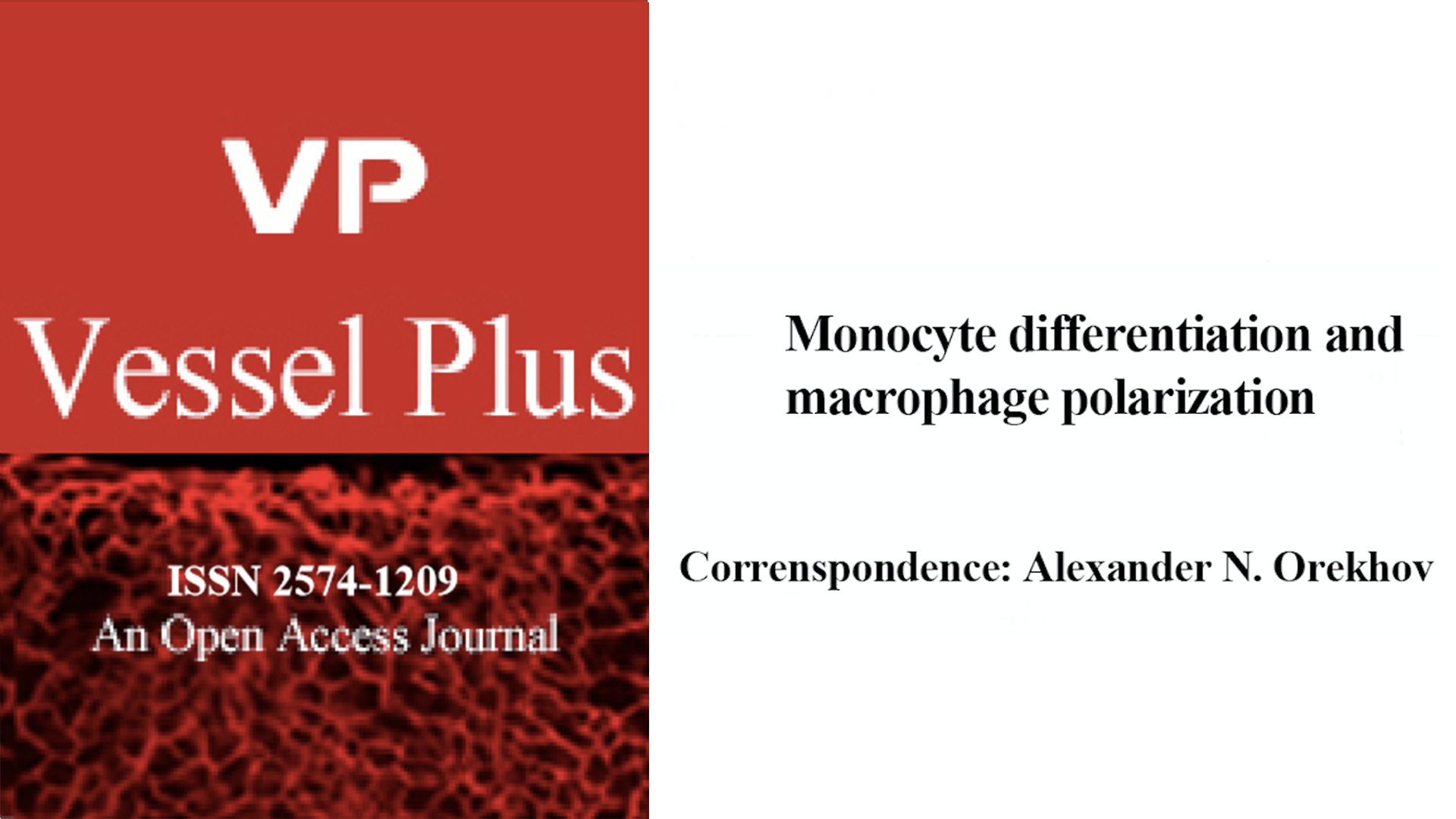Monocyte differentiation and macrophage polarization
Circulating monocytes are recruited to tissues, where they differentiate to macrophages and take part in the inflammation process or tissue remodeling. According to the traditional concept, macrophages are classified into pro-inflammatory (M1), non-activated (M0) or anti-inflammatory (M2) subsets that play distinct roles in the initiation and resolution of inflammation. This heterogeneity exists already at the monocyte level since monocytes can also belong to pro- or anti-inflammatory phenotypes. Growth factors, such as granulocyte-macrophage colony-stimulating factor (GM-CSF) and M-CSF play a principal role in their activation: GM-CSF drives the differentiation of “pro-inflammatory” monocytes to M1 macrophages, while M-CSF regulates differentiation of the “anti-inflammatory” subset of monocytes to M0 macrophages that have M2-like phenotypic and functional properties. More recent experimental findings led to a substantial update of monocyte-macrophage nomenclature to include the nature of the polarizing signal. In response to pro-inflammatory stimuli, monocytes can be directly polarized into 3 subsets of macrophages with the pro-inflammatory M1-like phenotype; with macrophages induced by interferon-γ having the strongest pro-inflammatory properties. When exposed to various anti-inflammatory stimuli, monocytes can differentiate to at least 5 subsets of M2-like macrophages. Of those, a subset generated under exposure to IL-4 (IL-13) has the most typical M2-like characteristics. Both in humans and in mice, monocyte-to-macrophage differentiation involves global transcriptome changes that are tightly controlled by various transcriptional regulators and signaling mechanisms. In this review, we discuss monocyte-macrophage heterogeneity and signaling pathways regulating the differentiation at transcription level.
